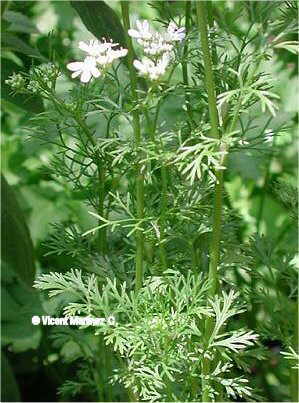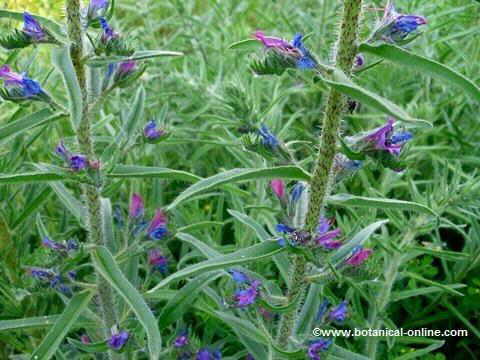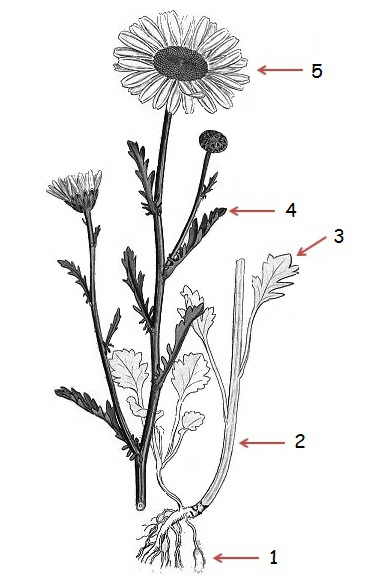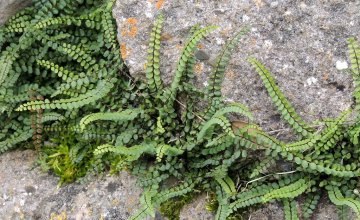Contents
How to grow cilantro (Coriander sativum)
Growing cilantro
Cilantro plant characteristics: Annual herb of the carrot family – Umbelliferae– up to 60 cm.
Erect, glabrous stems with a strong scent.
Compound leaves, bipinnate or tripinnate; the lower ones with longer stems and with narrower segments than superior ones.
Whitish flowers in umbels, with till 8 rays.
Very scented fruits.
Its flowers appear in Summer
Cilantro watering
Water frequently mainly during growth.
Once it has established, it is tolerant of the droughts. In fact, it needs hot summers to develop well
Cilantro required place

- It can be planted directly in the garden or orchard on the floor or in pot
- It must be cultivated in demi-shade or in morning sun exposure. It prefers the warm climates, although it tolerates heat and cold very well. Warm temperatures favor the biggest quality of its essential oil.
Cilantro uses
As aromatic or medicinal plant.
Cilantro propagation and maintenance
- Propagate from seeds in spring and in autumn. It must be planted at a little depth (about 5 cm like maximum) it should be protected with stakes.
- Extreme temperatures facilitate the appearance of seeds.
- It can be planted in winter if one makes in a greenhouse. With superior temperatures to 15º C, it takes a couple of weeks to germinate.
- It requires a well drained soil, light and fertile, better rich in loam.
- Grasses should be eliminated, especially when the plant is young.
Cilantro diseases and plagues
Among the illnesses that affect it more, we find the fungus Ramularia coriandri.
![]() More information on cilantro.
More information on cilantro.








